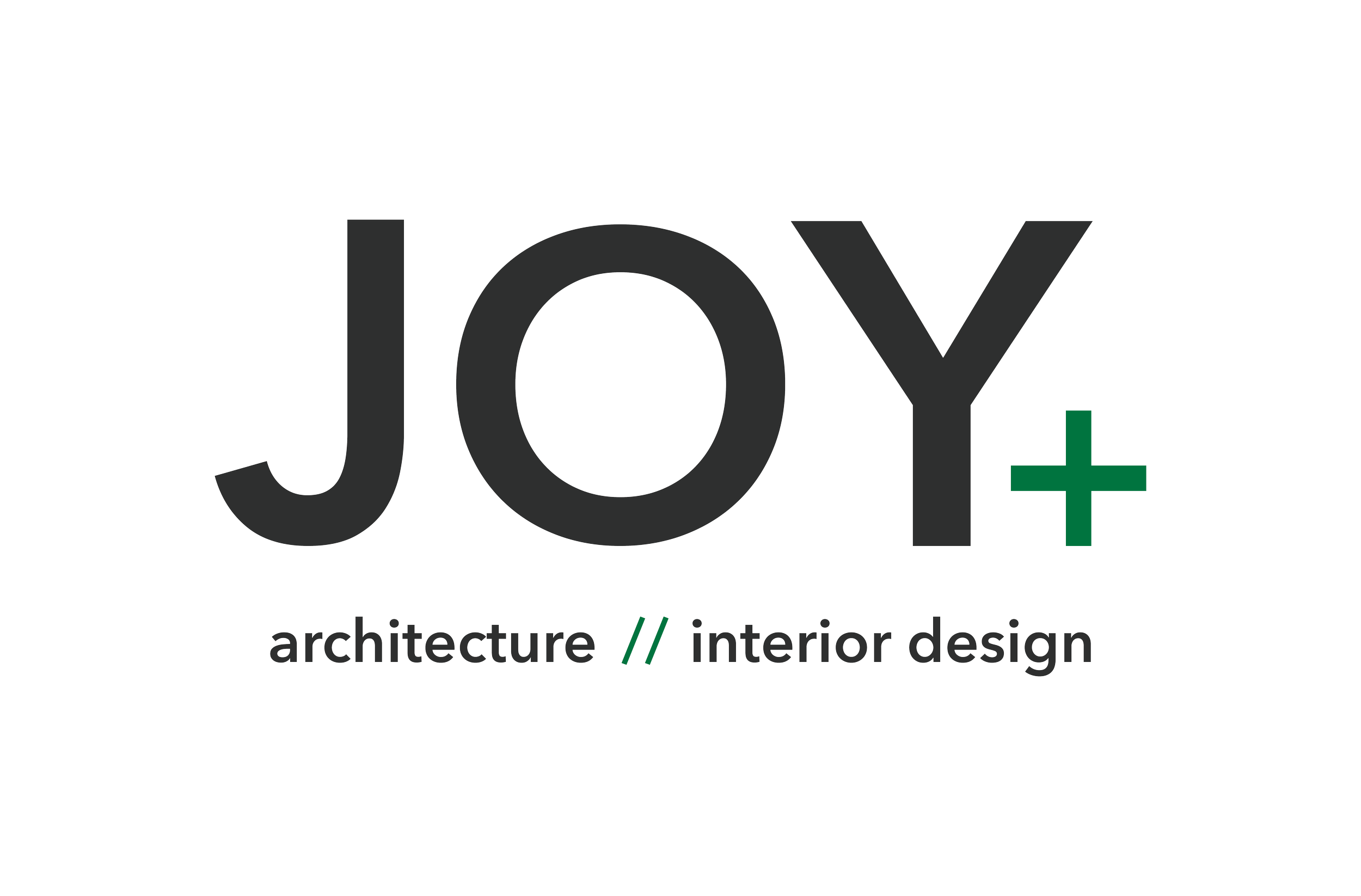
Master Plan

Master Plan
The drawings shown here represent a collection of rendering techniques demonstrated through conceptual work. Some are academic studies and others were for actual projects that were eventually built. The studies incorporated sustainable design in residential development, including building systems, sensitive site planning, community planning, and new urbanism ideals promoting pedestrian-oriented development.
Joy Martin is a LEED Accredited Professional in Building Design and Construction (LEED AP bd+c), and can guide you toward creating a more sustainable home or development plan for your project.



Diagram of Sustainable Building Systems
This diagram shows possibilities for incorporating various low-tech, sustainable systems in homes. Each system is shown in more detail in the following images.

Hard surface flooring can feel uncomfortable under bare feet on cold winter mornings -- in-floor radiant heat may be a great option for those areas in your home. The systems use either electric coils or tubes of heated water, and both options come with their own set of pros and cons. We can help you understand the benefits and drawbacks of both systems to determine if either is something you'd like to consider for your project.

Although green roofs can be expensive to install, homeowners usually see a return on their investment within a few years. Green roofs create a layer of insulation, meaning a reduction in energy to both heat and cool your home. It can also offer the benefit of additional sound proofing, so if you live in an area with significant air traffic, it may be a worthy investment. In addition to the financial benefits, green roofs also mitigate the urban heat island effect.

This image shows a green roof and integrated run off system in a closed-loop design to keep the green roof hydrated and irrigated.

A ground-source heat pump may be an appropriate system to consider for your project. Geothermal energy is much more efficient than a traditional gas furnace, because it is simply transferring heat from the ground through water circulating through pipes, rather than burning fuel. The heat is then carried to pumps where it's concentrated and delivered as warm, comfortable air throughout your home. Geothermal units are also very quiet, and like green roofs, offer energy savings that offset the cost of installation in a short period of time.

A double-stud wall is a low-tech way to create highly energy-efficient walls with common materials and familiar assemblies.

With dramatic declines in the cost of solar panel arrays in recent years, you may want to consider adding one to your own roof. In addition to tax credits available to homeowners who use solar energy, the systems have become quite efficient at heating water for domestic use. We would be happy to discuss these and other solar energy options available for your project.

Rainwater harvesting is an environmentally responsible practice that can be tailored to various purposes. This system illustrates rainwater runoff from a green roof, which is then filtered and use to irrigate the same roof. Rainwater may also be used to irrigate your lawn, gardens, or to wash your vehicles or other outdoor equipment.











